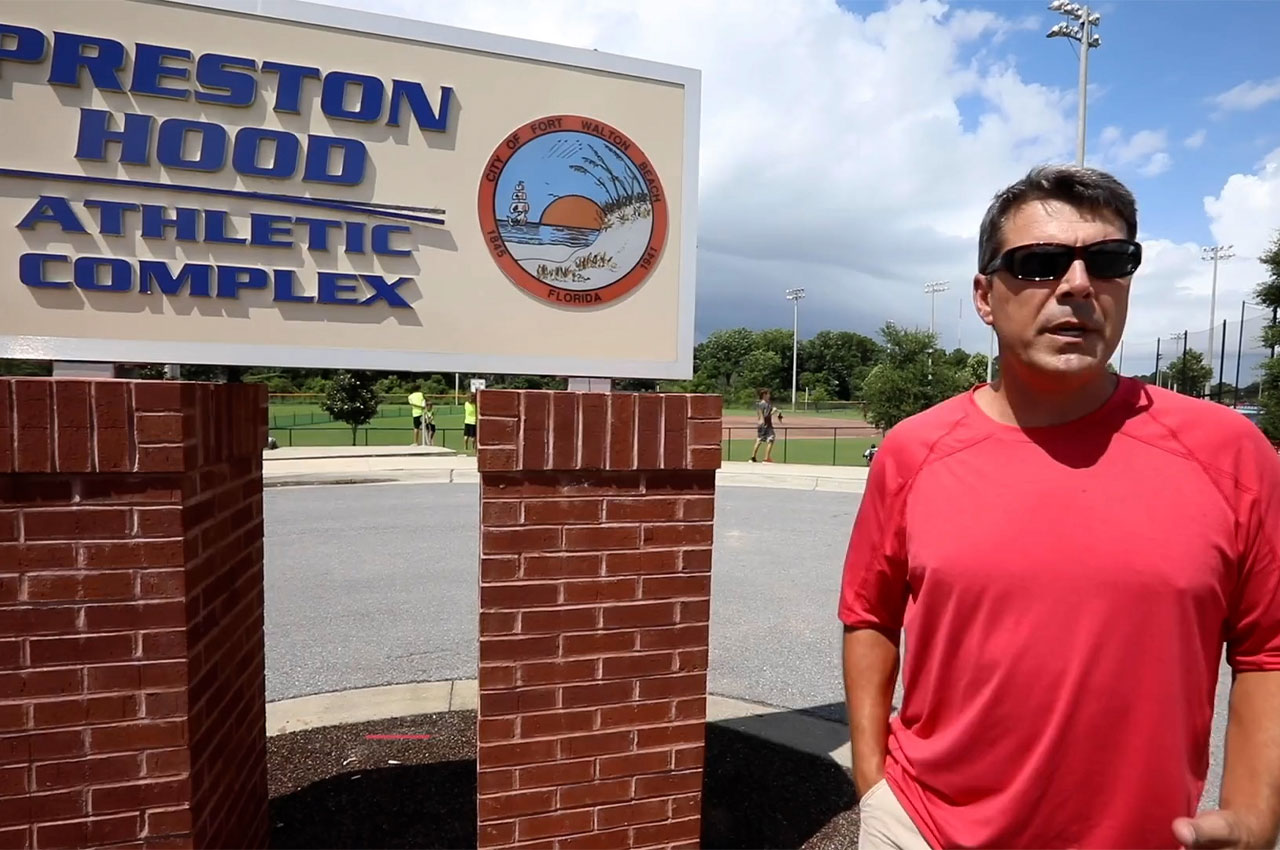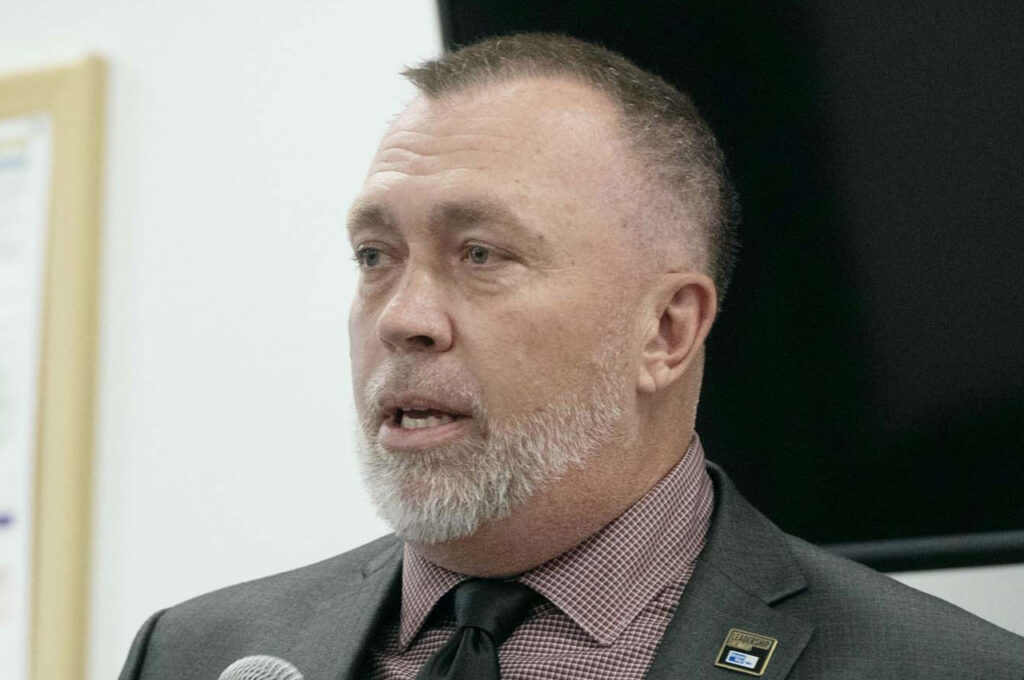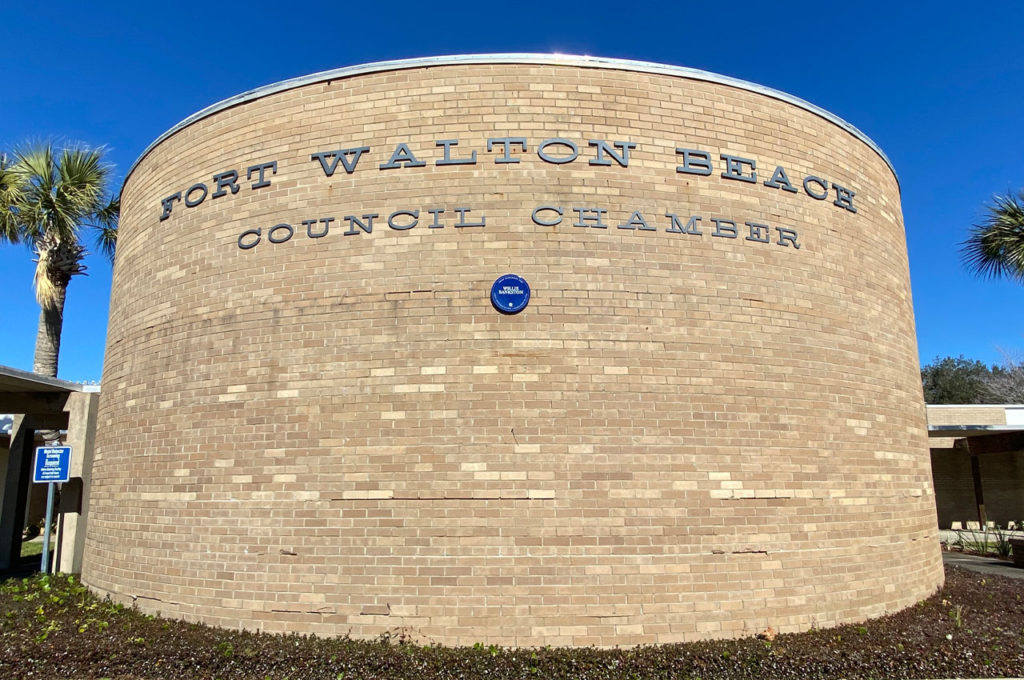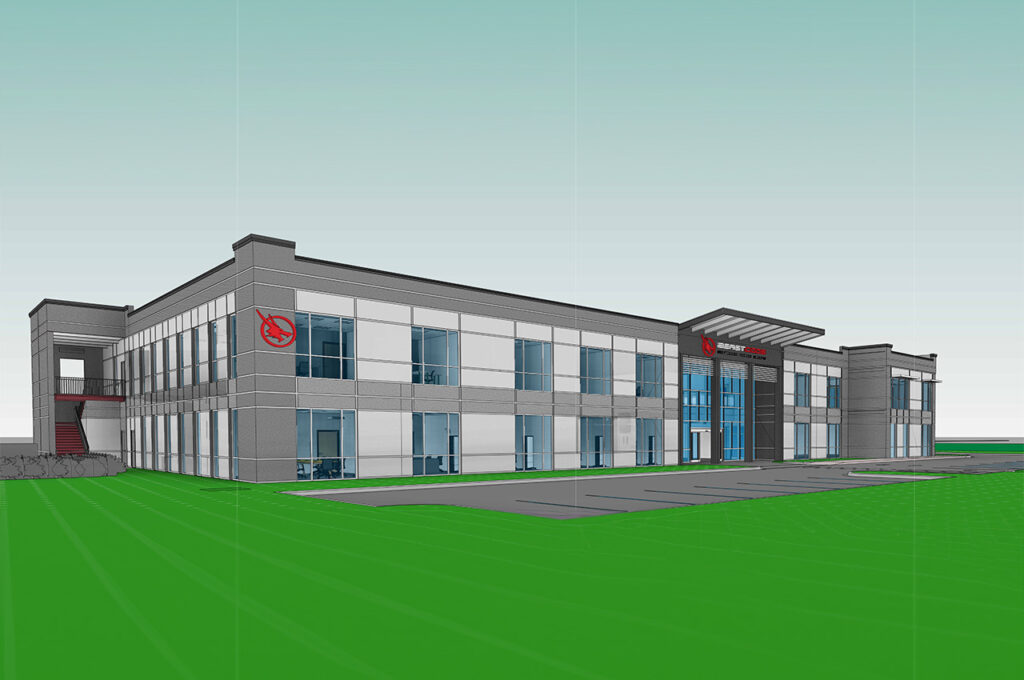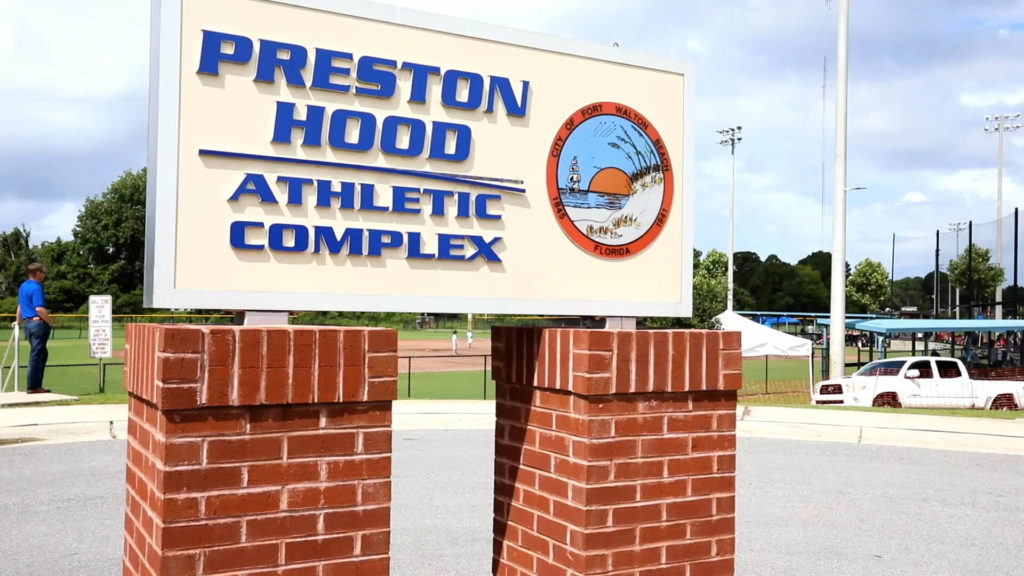
In what had to have been one of the longest meetings recently for the Fort Walton Beach City Council on Tuesday night, the council ultimately decided to not go with either option from Step One Automotive or Fort Walton Beach RV Resort for the Hollywood Blvd. property in a 4-3 vote.
Now that the property will remain with the City of Fort Walton Beach for recreation, what does the Rec Department plan to do to develop out the 12 acres to add more parking and more multi-purpose fields?
“The first step is to get a task order back to the city council with the cost of the design plans for that area,” said Jeff Peters, Recreational Director for the City of Fort Walton Beach.
According to Peters, the city has some money earmarked from the half-cent sales tax for infrastructure improvements (not the school half-cent sales tax) that can be used for the design of the project.
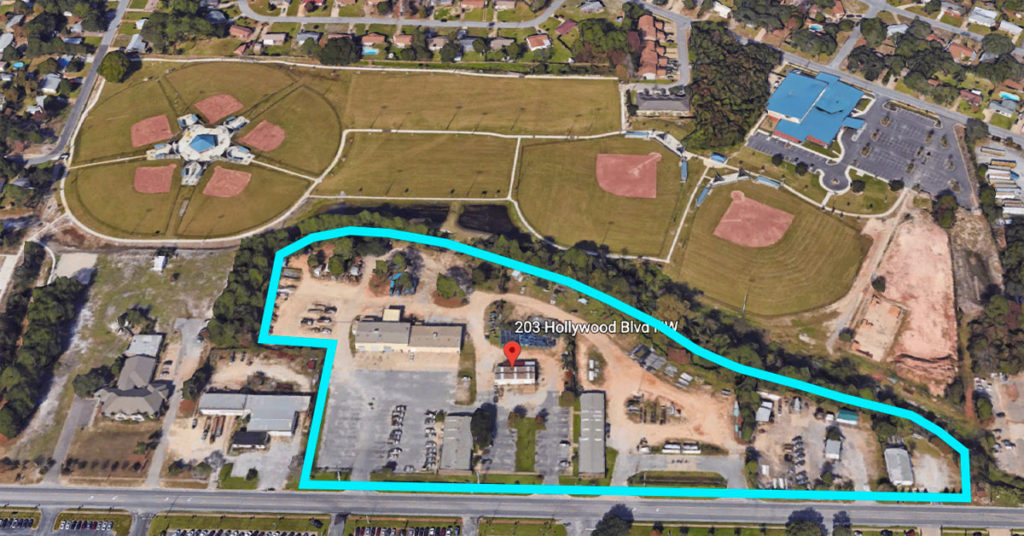
“We will go back to council first for approval to go ahead and get the plans done, and then once the plans are developed and we have a good cost estimate, we can take it out for bid, if the council chooses to do that,” said Peters.
For Peters, adding more parking and fields is crucial to the Rec Department as they recently had over 900 soccer participants with many more on a waiting list. That doesn’t even scratch the surface when it comes to events and tournaments.
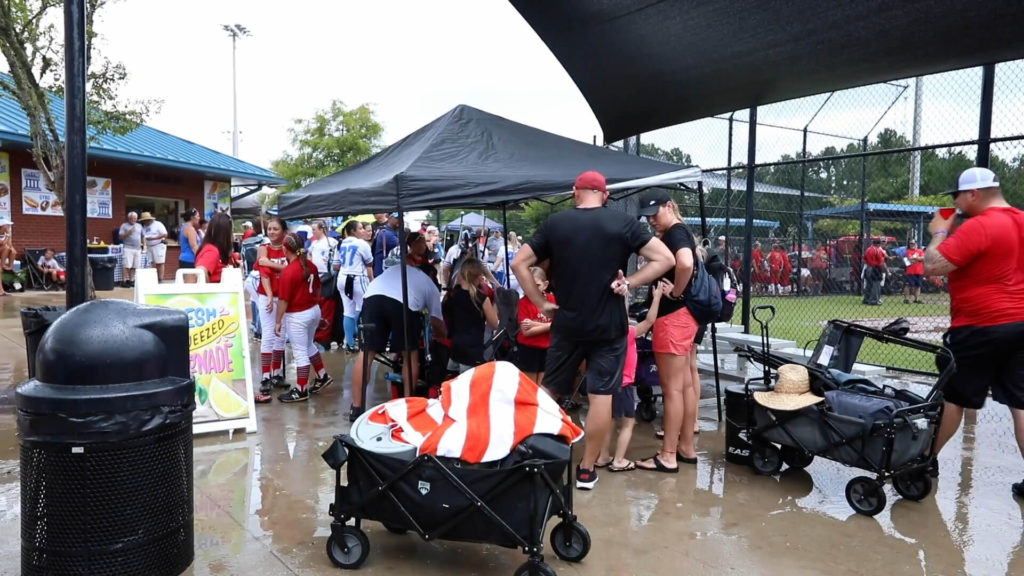
“With tournaments or even our own league games on Saturdays, parking is a major issue, and that includes baseball and basketball,” continued Peters. “Just being able to access that property from Hollywood Blvd. would alleviate a lot of the parking issues that we’re having on Jet Drive.”
According to City Manager Michael Beedie, the development would happen in a phased approach.
- With parking high on the priority list, Beedie says that the city would demolish all of the existing buildings on the property, get rid of the pavement, and get it graded out. This would provide immediate relief to residents who live near the complex who are often impacted by parking along the street.
- Phase 2 would be to add two more fields, along with more restroom facilities and another concession facility on the Hollywood Blvd. side of the property.
- Phase 3 would be to construct an additional two fields to help accommodate the growing demand for sports tourism.
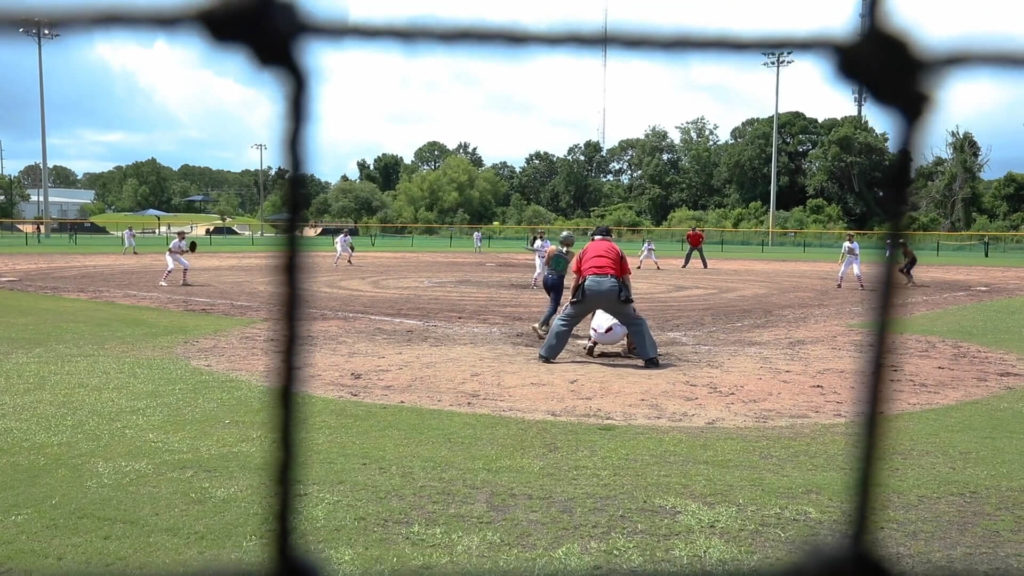
“The goal all along has been to host larger tournaments but it’s hard to justify spending city taxpayer dollars on facilities that generate tourism,” said Beedie. “Sports tourism is becoming bigger and bigger and we are hoping that Okaloosa County (TDD) can jump on board and help us get to the point where we can compete with Panama City, Pensacola, and Foley (AL), who have those larger facilities.”
There is still a cost associated with the development of 12 acres and the city will have to decide the best approach to pay for it all.
“The money earmarked for the design will be used with this upcoming task order that we will be bringing to city council,” said Beedie. “But when it comes to construction, that’s going to be something for council to decide on how to pay for it.”
From Beedie’s perspective, the best use would be to use the half-cent sales tax money (again, not the half-cent sales tax for school), especially for the parking and the first two fields. However, he says that from the City Manager’s point-of-view, he could not recommend spending City dollars on the entire 12 acres.
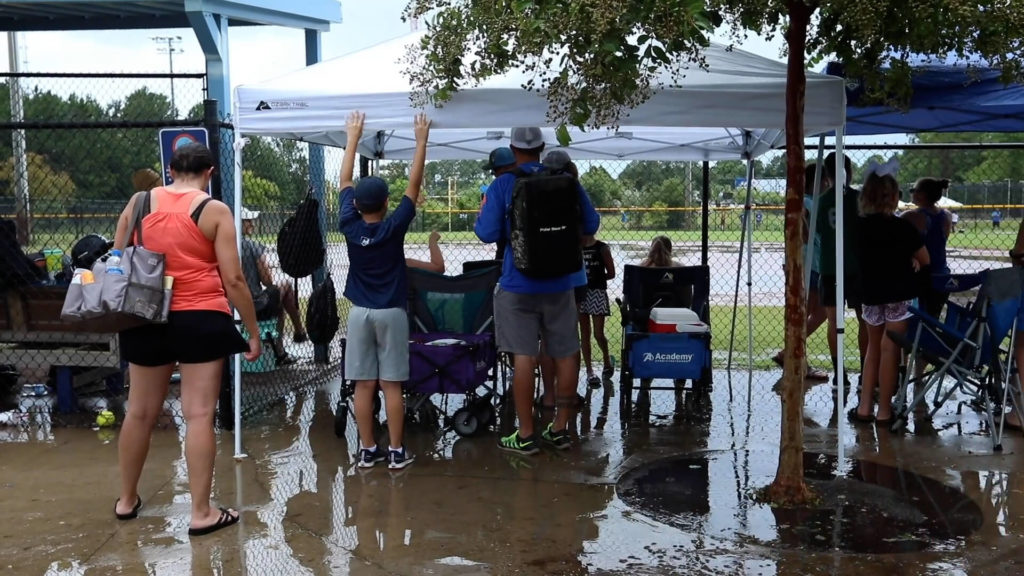
“That would generate interest for outsiders to come in for tournaments and tourism and things like that,” Beedie continued. “I think it’s going to be a two-pronged approach when it comes to funding. There’s justification to use city dollars for some of it, but not all of it.”
For Peters, he’s excited for what the future of that property could mean for Parks & Rec.
“We are constantly getting great feedback from the tournaments that are hosted at our complex,” said Peters. “The only complaints that we get are for more fields and additional parking, and that comes mainly from the soccer and lacrosse tournaments.”
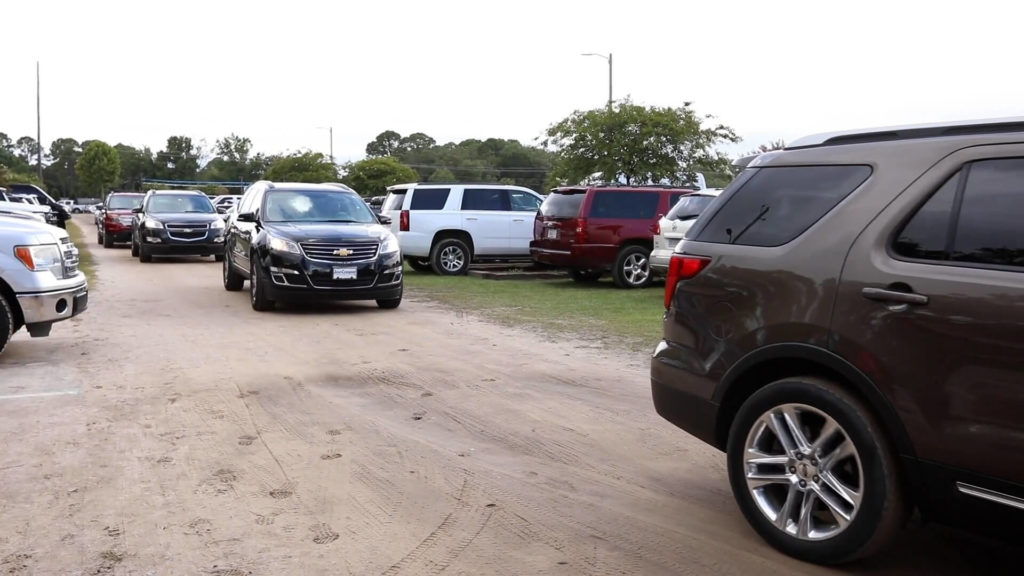
Tournaments aside, Peters says that the upside for residents will be significant.
“It’s one thing to host just tournaments where you have six or eight per year, and then they sit vacant. The good thing for us is our soccer,” said Peters. “We have soccer leagues in the Spring and in the Fall that are close to 1,000 people. They don’t have enough practice time, game fields get trampled on, and by the time that mid-season is over, it’s in bad shape. So the ability to add two, three, possibly even four more fields to accommodate our recreation leagues, as well as the tournaments, makes it a pretty cool complex to come to.”

